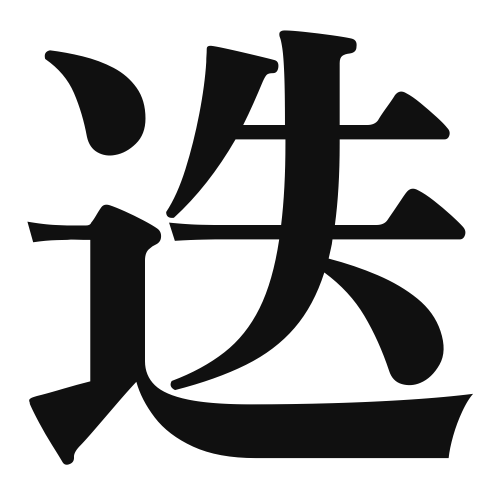1. Overview of Meaning
The kanji “迭” (pronounced “tatsu” or “dai”) generally means “to alternate” or “to change.” It conveys the idea of something being replaced or taking turns, often in a sequential manner.
2. Formation and Radical
Formation of the Kanji: The kanji “迭” is a compound character, which means it is formed by combining different elements. It is classified as a phonetic-ideographic character, where the left part suggests the meaning related to movement or change, while the right part provides the phonetic reading.
Radical: The radical of “迭” is “辶” (the “movement” radical), which is commonly associated with words related to motion or travel.
3. Examples of Usage
Common Words and Phrases: Some frequently used words that include “迭” are “迭代” (だいたい, “iteration”) and “交迭” (こうたく, “alternation”).
Example Sentences in Daily Conversation:
- このプロジェクトは、アイデアを迭代する必要があります。 (This project needs to iterate on ideas.)
- 彼は交替で仕事をしています。 (He is working in alternation with others.)
4. Synonyms and Antonyms
Similar Kanji: A similar kanji is “交” (こう, “to intersect” or “to exchange”), which also conveys the idea of interaction but does not specifically imply alternation.
Antonyms: An antonym for “迭” could be “固定” (こてい, “fixed” or “stable”), which suggests something that does not change or alternate.
5. Cultural and Historical Background
Relation to Japanese Culture: The concept of alternation is significant in various aspects of Japanese culture, including seasonal festivals and traditional practices that emphasize change and renewal.
Proverbs and Idioms: One relevant proverb is “時は金なり” (ときはかねなり, “Time is money”), which reflects the importance of making the most of time, often implying the need for change and adaptation.
